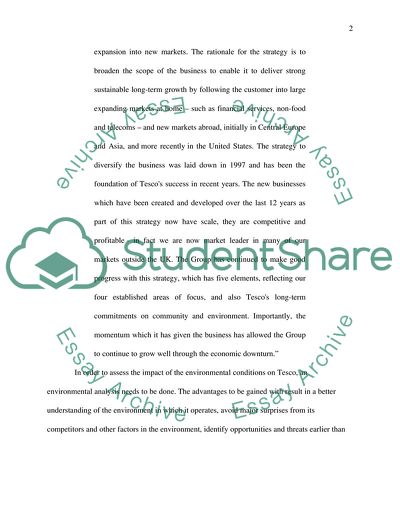Cite this document
(The Impact of the Environmental Conditions on Tesco Research Paper, n.d.)
The Impact of the Environmental Conditions on Tesco Research Paper. Retrieved from https://studentshare.org/finance-accounting/1747204-finance-funding-and-legislative-frameworks-for-success-tesco
The Impact of the Environmental Conditions on Tesco Research Paper. Retrieved from https://studentshare.org/finance-accounting/1747204-finance-funding-and-legislative-frameworks-for-success-tesco
(The Impact of the Environmental Conditions on Tesco Research Paper)
The Impact of the Environmental Conditions on Tesco Research Paper. https://studentshare.org/finance-accounting/1747204-finance-funding-and-legislative-frameworks-for-success-tesco.
The Impact of the Environmental Conditions on Tesco Research Paper. https://studentshare.org/finance-accounting/1747204-finance-funding-and-legislative-frameworks-for-success-tesco.
“The Impact of the Environmental Conditions on Tesco Research Paper”, n.d. https://studentshare.org/finance-accounting/1747204-finance-funding-and-legislative-frameworks-for-success-tesco.


